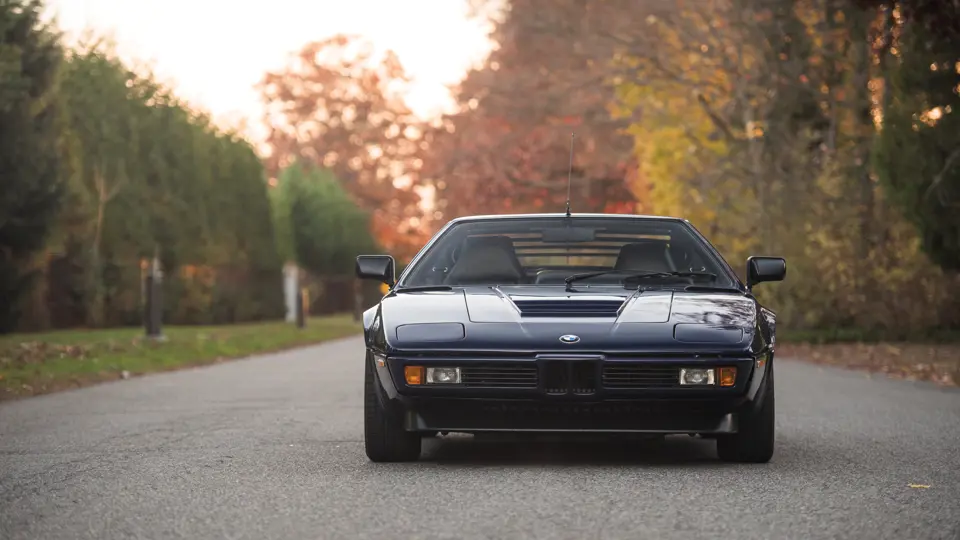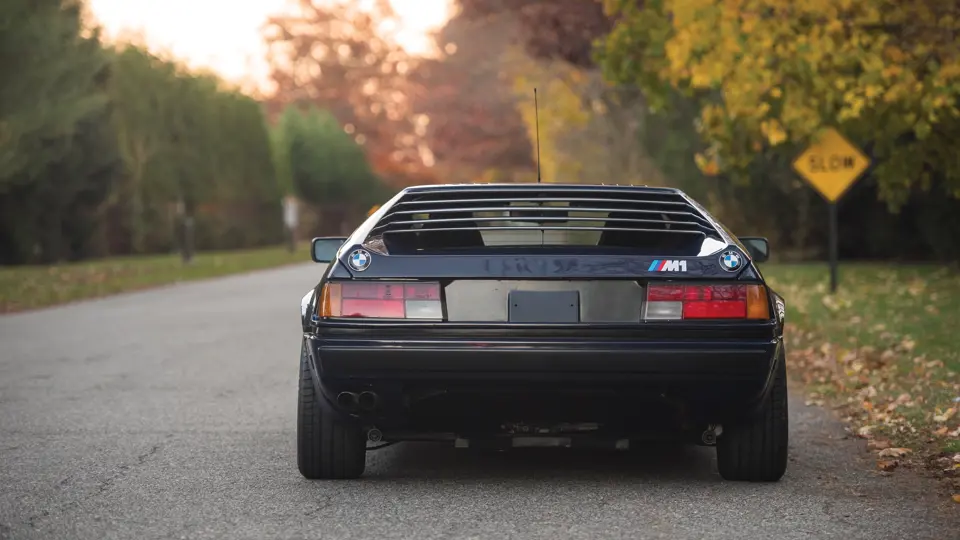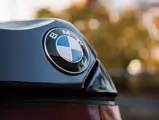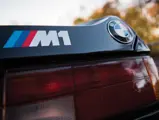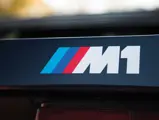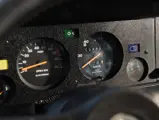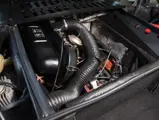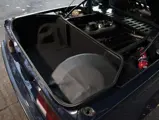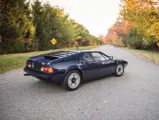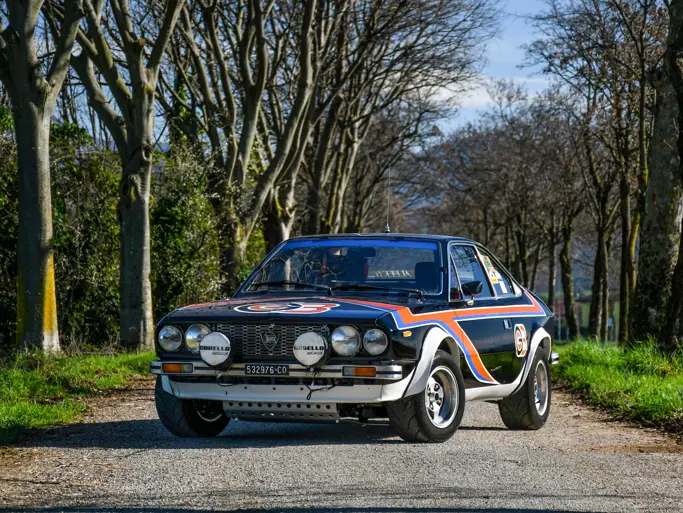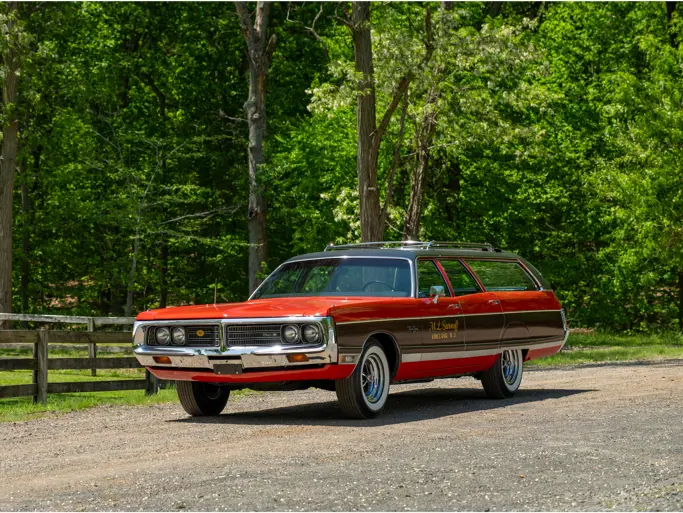277 bhp, 3,453 cc M88 DOHC inline six-cylinder engine with Kugelfischer mechanical fuel injection, five-speed manual transmission, front and rear dual A-arm independent suspension with coil springs, and four-wheel disc brakes. Wheelbase: 100.8 in.
The M1 was the first of the now-famous M-cars from BMW’s Motorsport Division as well as the first production mid-engine BMW. In revised form, the M1’s 24-valve twin-cam six powered the late-’80s M5 sedan and M6 coupe, beginning a legacy of many memorable M cars to come.
The motivation to build the M1 came from racing and a set of regulations prompted by the new Group Five in 1976. BMW found its aging CSLs losing against Porsche’s tremendous new 935, and to beat Porsche, BMW needed a mid-engined chassis to fit its twin-cam 3.5-liter six-cylinder engine. There was only one problem; it needed to build 400 copies in order to homologate the car for the series. Not having room or the time to produce cars in such low volume in Munich, BMW’s Motorsport division, headed by Jochen Neespach, contacted Lamborghini for help in building the proposed car, known internally as E26.
Styling was courtesy of Giorgetto Giugiaro’s Ital Design, the firm taking its inspiration from Paul Bracq’s 1972 BMW Turbo, a flamboyantly designed gullwing showcase for passive safety technology constructed by Michelotti. Road cars were equipped with BMW’s 277-horsepower M88 six-cylinder engine, which featured a twin-cam head with chain drive, four valves per cylinder, a forged alloy crank, Kugelfischer-Bosch Indirect fuel injection, and an electronic ignition by Marelli—pretty serious hardware for the mid-’70s.
Shortly after the project was green lighted, the problems and delays began. Lamborghini’s already precarious financial situation worsened, and despite seven prototypes having been constructed, BMW took over control of the project in April 1978. Construction was farmed out to two Italian firms: Marchesi for the multi-tube chassis and Transformazione Italiana Resina for the fiberglass body. Final assembly moved to Baur, the German coachbuilder that had a long history with BMW.
The M1 was officially introduced at the Paris Salon in October 1978, but BMW quickly learned that its new M1 did not meet the requirements of the new Group Five regulations, requiring 400 cars to be sold to the public prior to a racing version run on any track. Production delays meant that the new M1 was not homologated until 1981, by which time GT racing had moved on and the M1 was no longer deemed competitive. It was a race car without a series.
The 1979/1980 Procar series was announced, sort of a European International Race of Champions, staged before major Grand Prix events. In it, F1 drivers competed against each other in identically prepared M1s in a pre-race show. The series was not without its controversies. The first five Grand Prix qualifying drivers were required to participate in the Procar race, like it or not. The agreement between F1’s Bernie Ecclestone and BMW caused problems with Ferrari and other teams, too, causing the Procar series to last just one season. In the end, BMW built 450 M1s, of which about 50 were pure racing machines while the others were fully equipped road cars.
This M1, finished in rare Dark Metallic Blue, is listed on the M1 Registry as a press vehicle used by BMW for promotions and displays. It is equipped with a rare, full black leather interior, as compared to the cloth and leather combination used in most all other M1s. It was completed at Baur on December 21, 1978, and following its duties with BMW, it has resided in California since 1981. It has been in the stewardship of a single collector for the last 25 years, and the odometer shows less than 25,000, though the original engine is noted to have been replaced. The car has been federalized for use in the United States, necessitating the relocation of the fuel fillers inboard, whereby the original fillers have been closed off. It is likely that the original speedometer odometer (reading in kilometers) was replaced at the time the car was federalized. In addition, it is fitted with new tires on correct factory wheels, along with the correct spare, tool kit, and copy of the owner’s manual. An aftermarket AM/FM Stereo radio with cassette has been fitted.
Despite the adversities of its gestation, M1s are without question among the most collectable of BMWs. In addition, they are considered to be highly civilized compared to the supercars of their era and are known for their vice-free handling, high cornering grip, and excellent stopping power. Add to that the reliability and power of BMW’s inline six-cylinder engine and lavish level of equipment by the standards of the day—air conditioning, power windows, power brakes and Recaro seats—and it is no wonder that the M1 is revered by collectors.


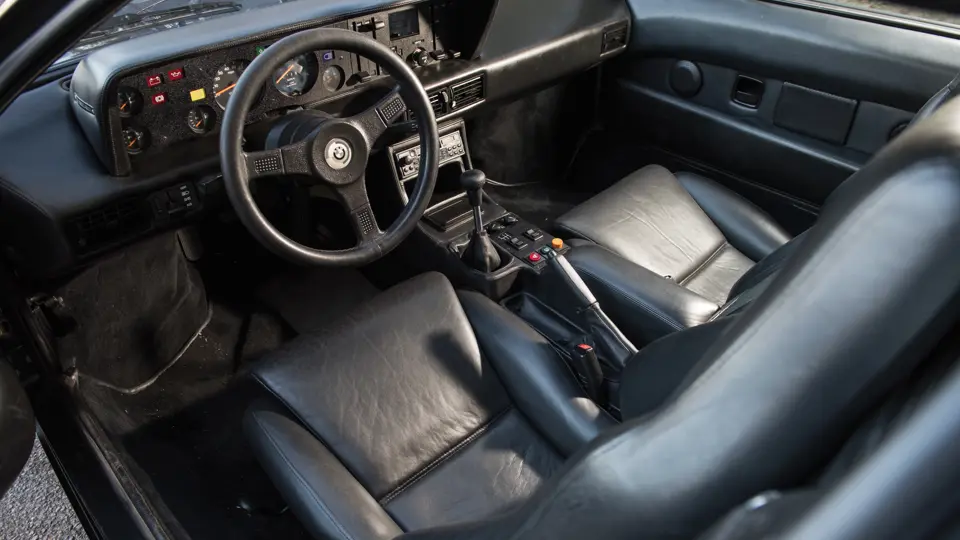

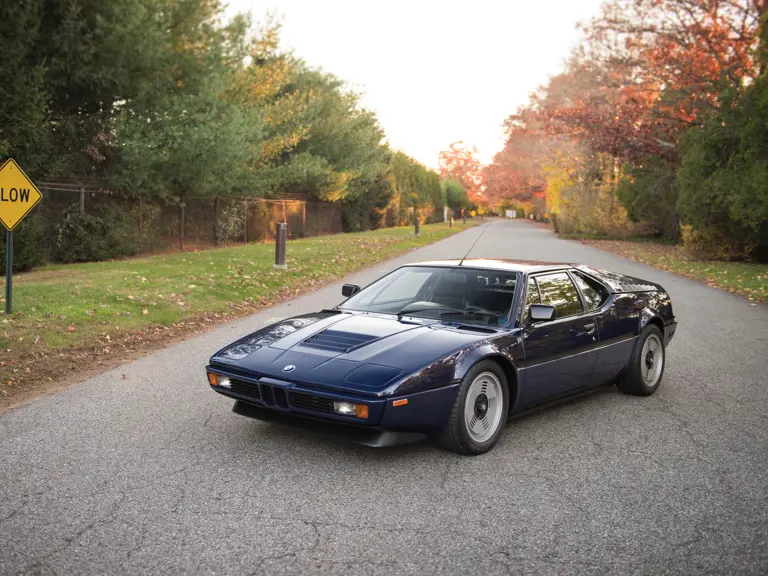

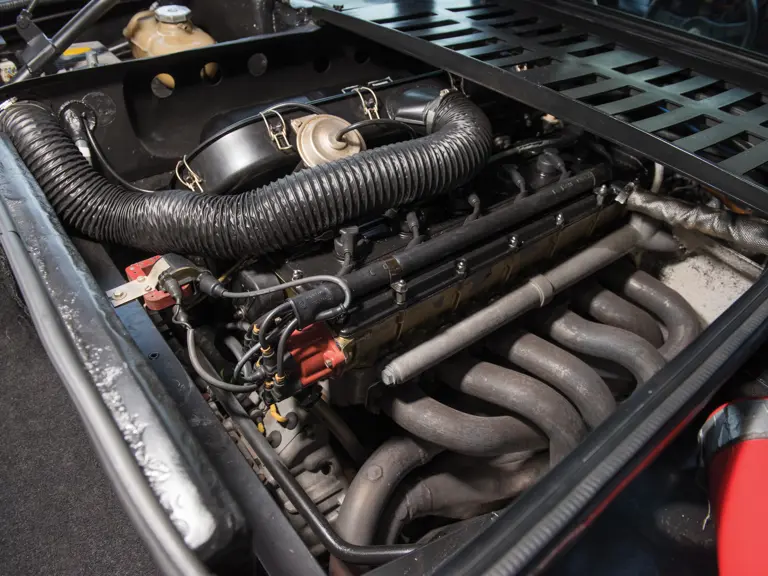

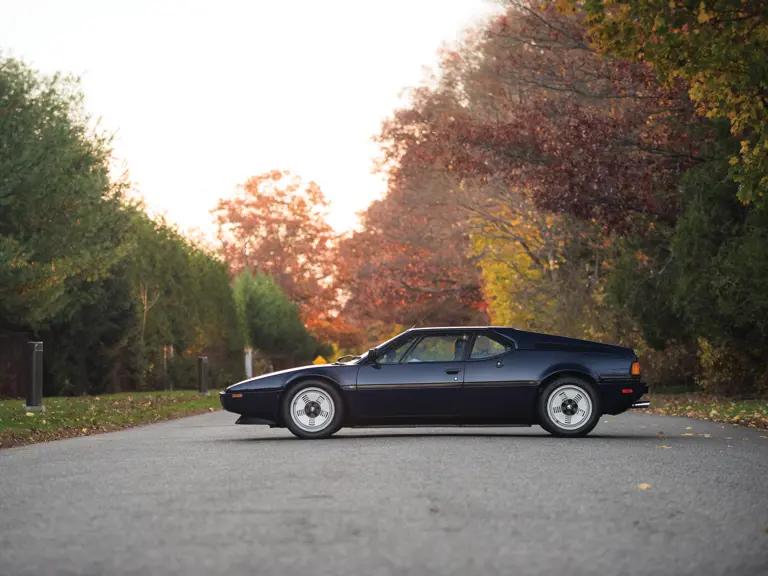
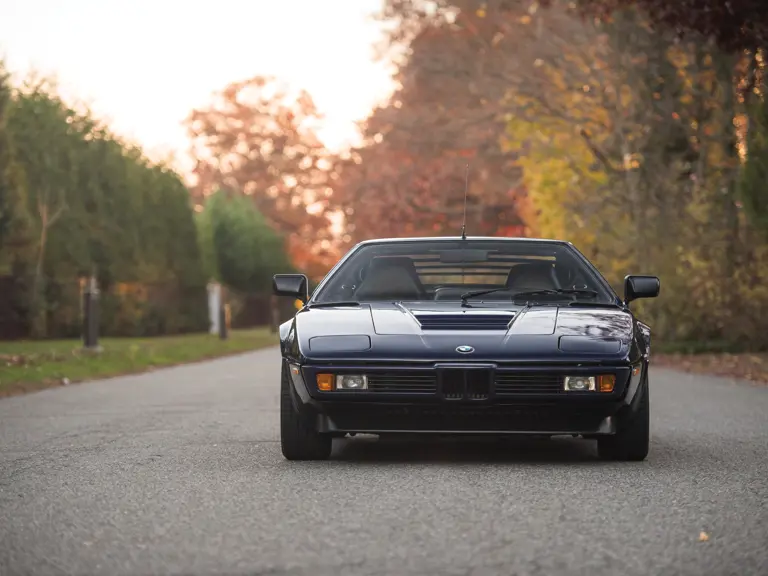
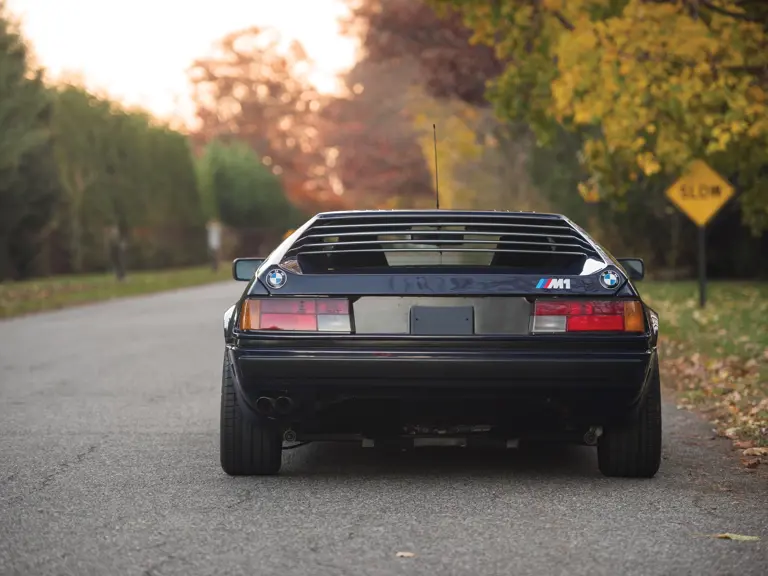
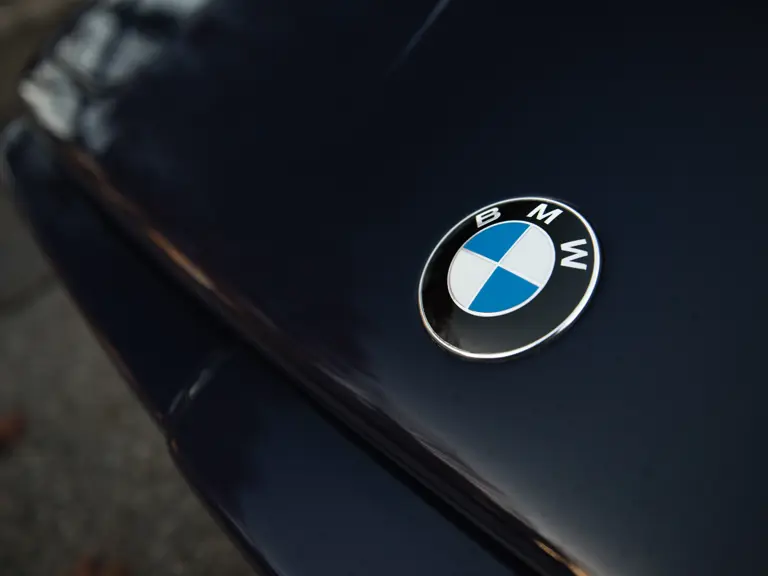
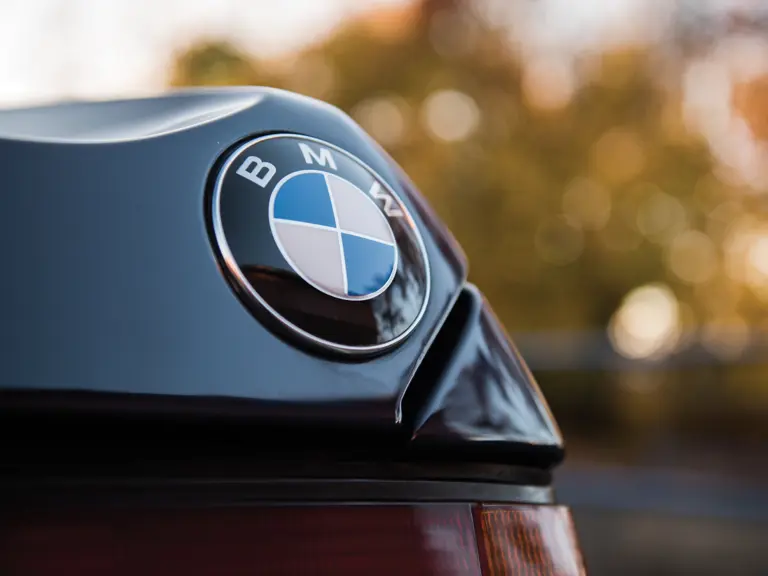
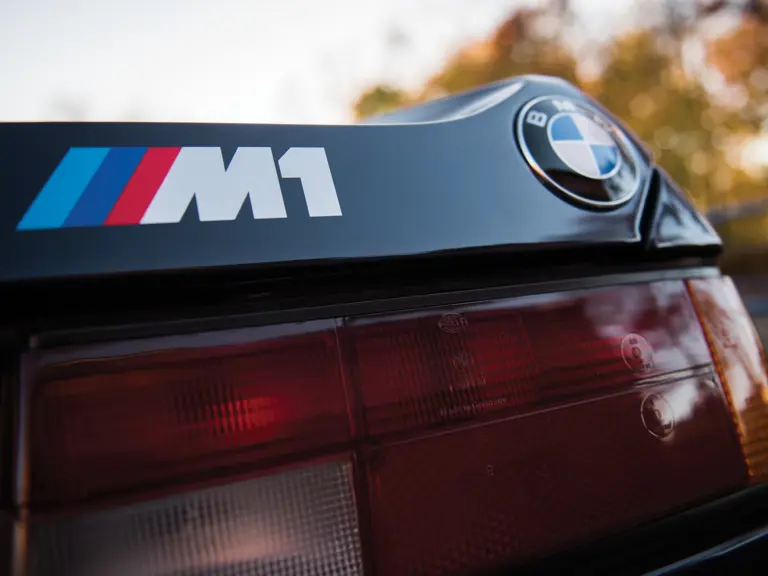
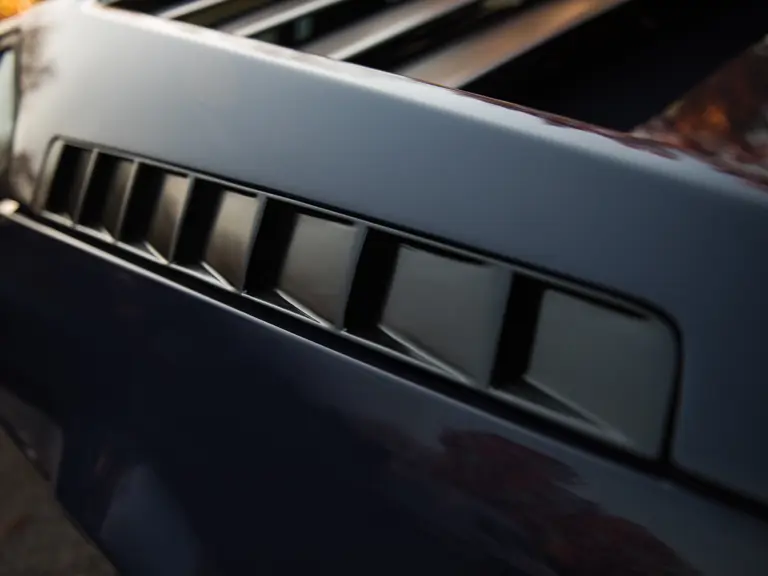
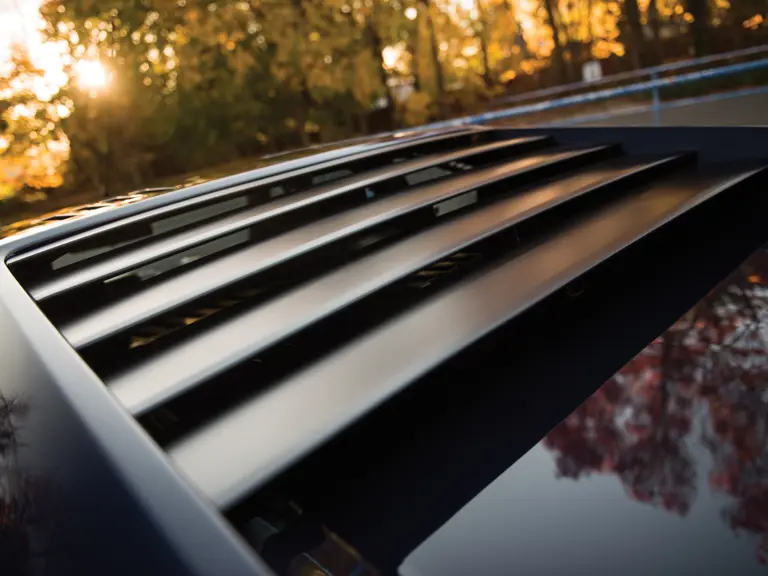
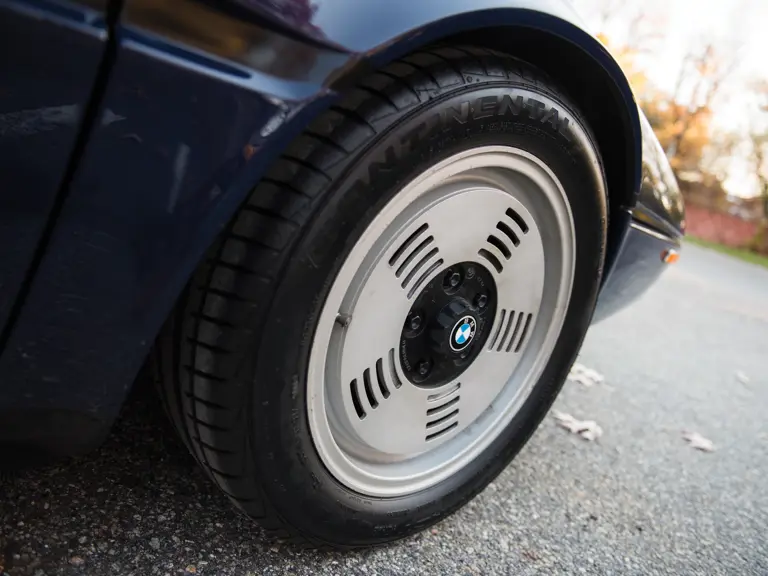
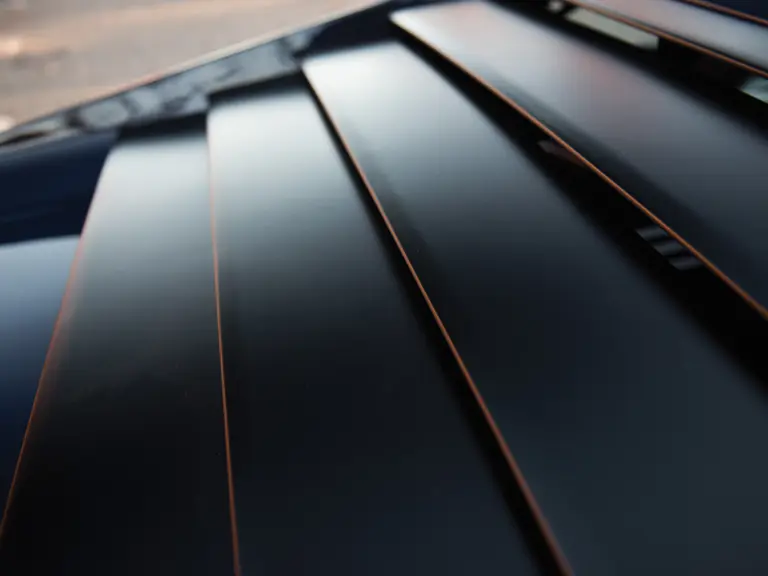
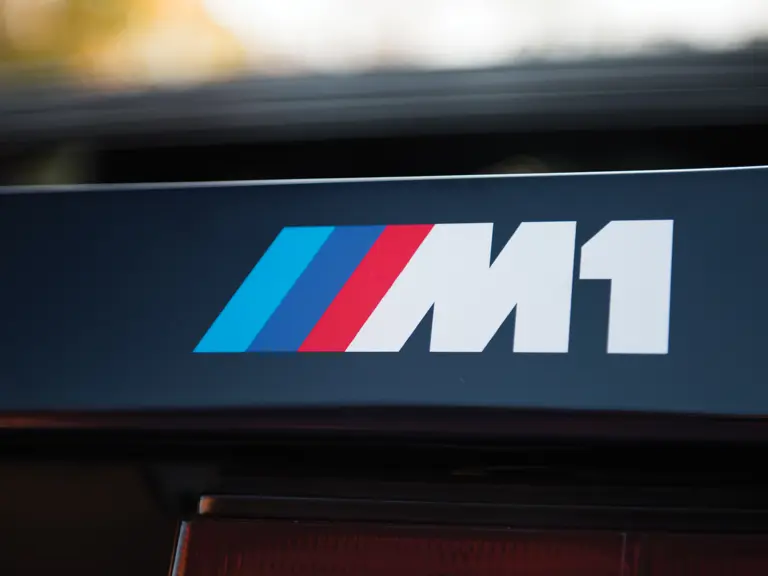
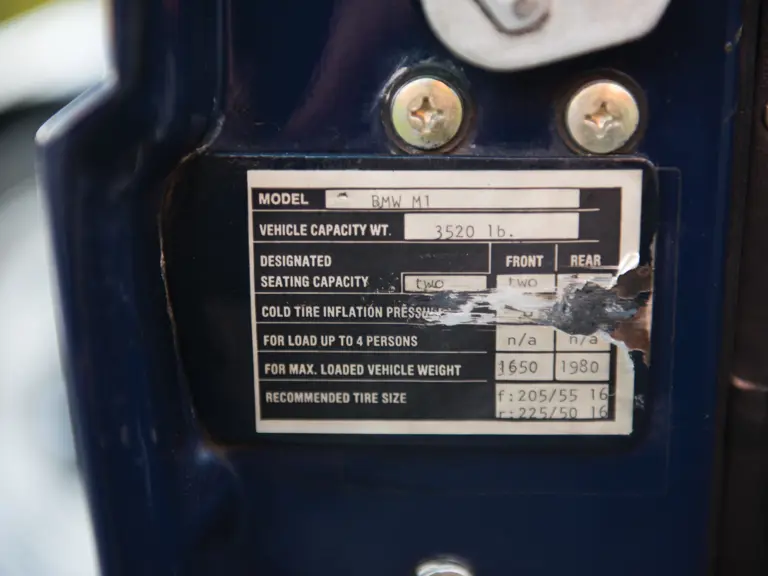
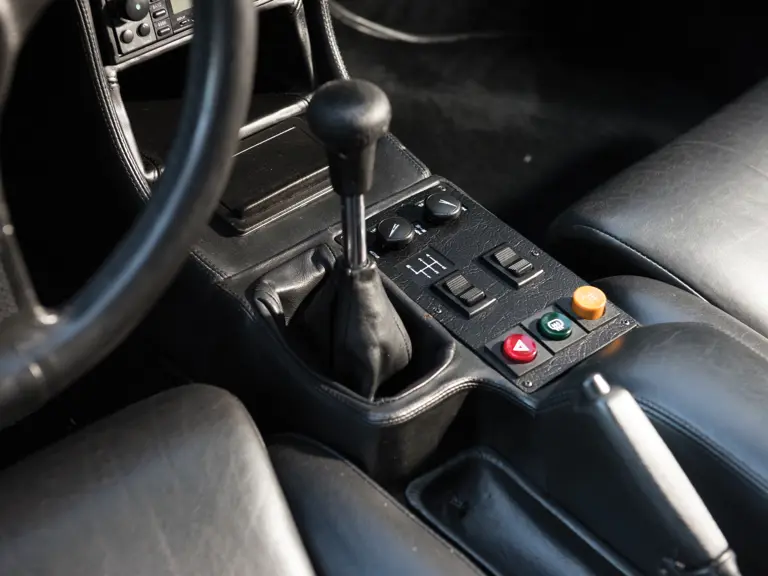
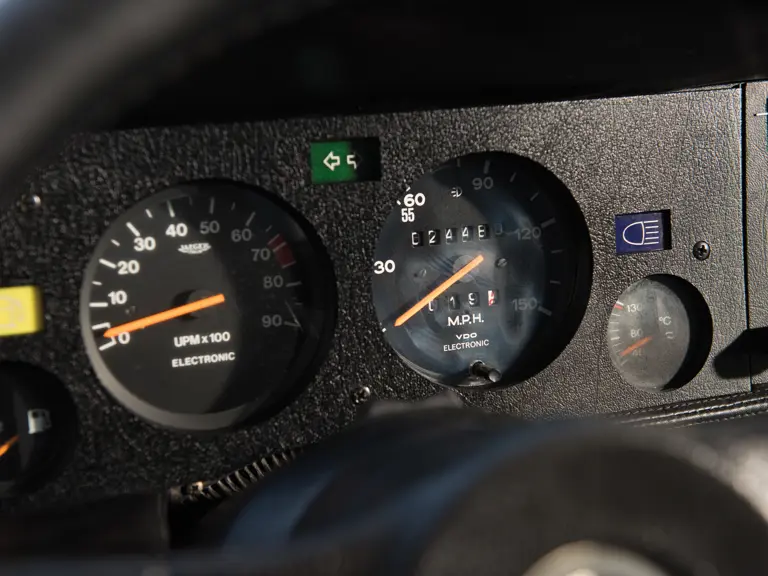

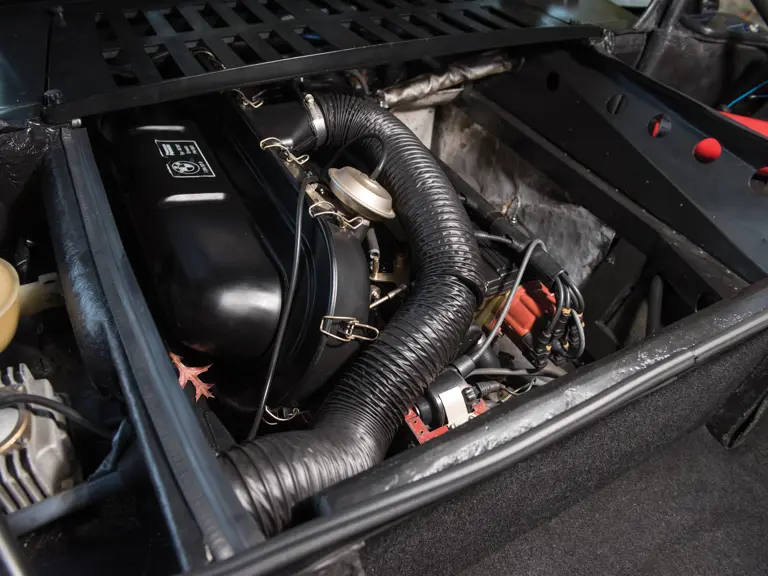
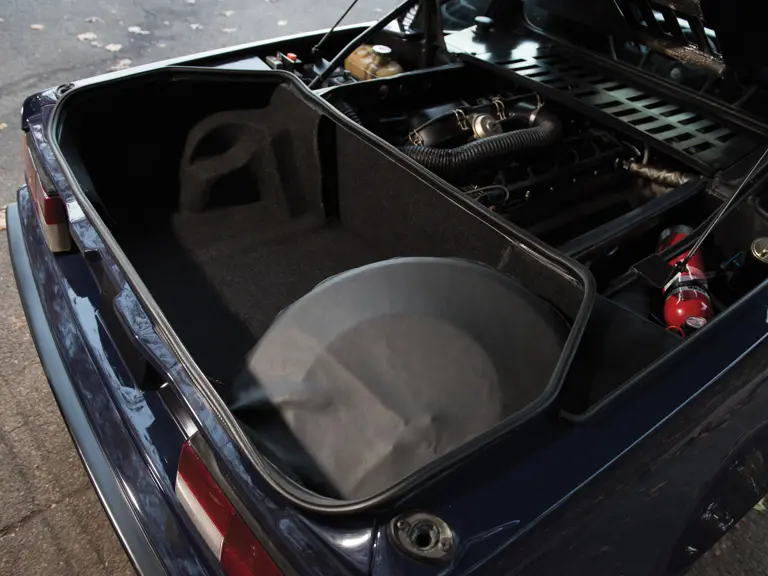
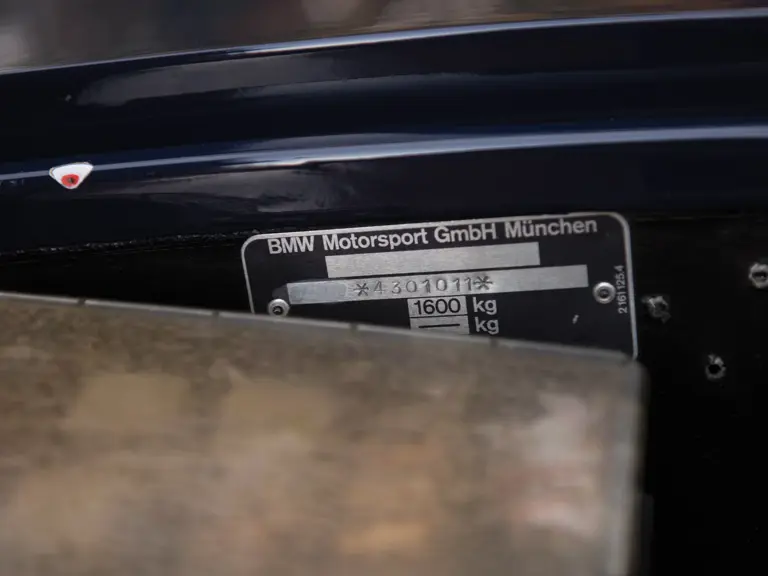
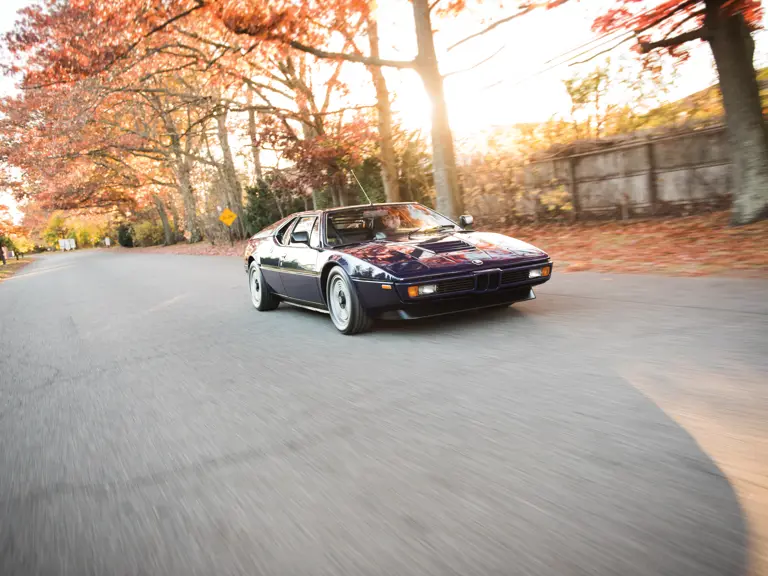
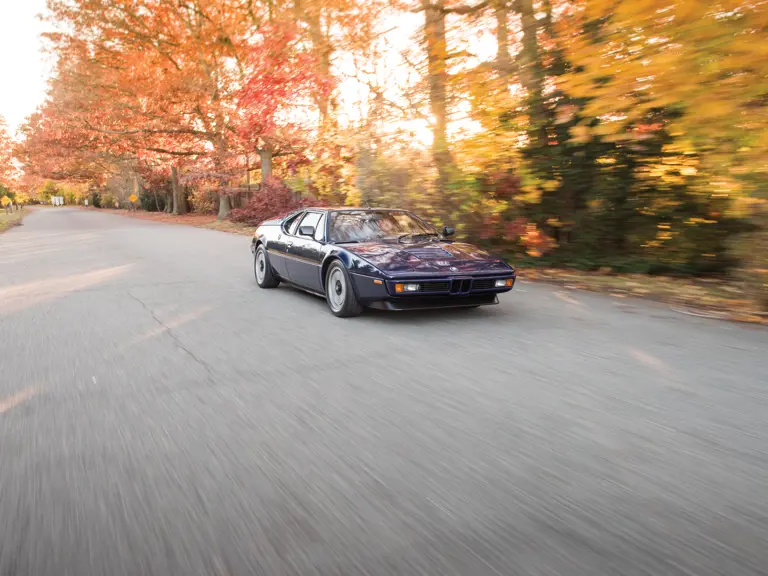
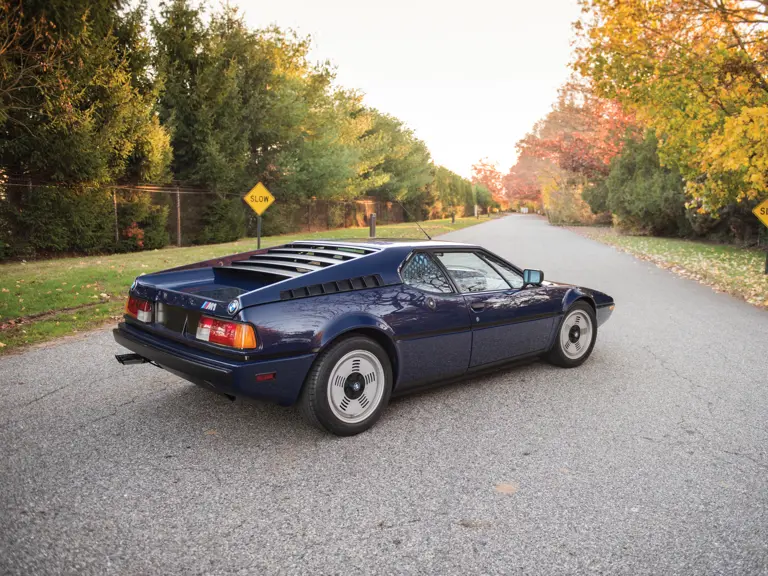
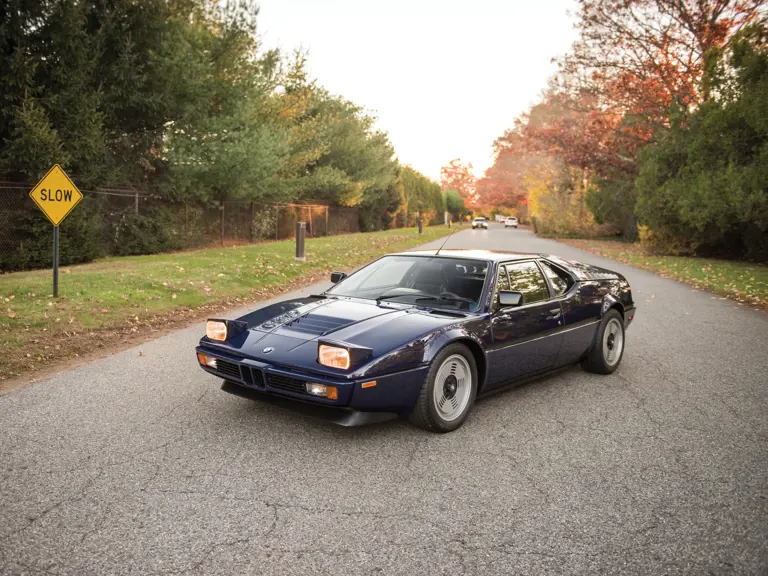
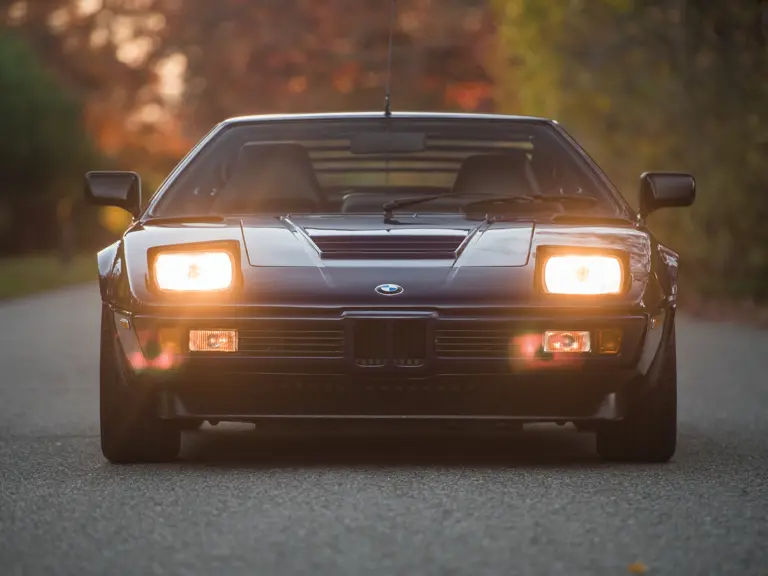
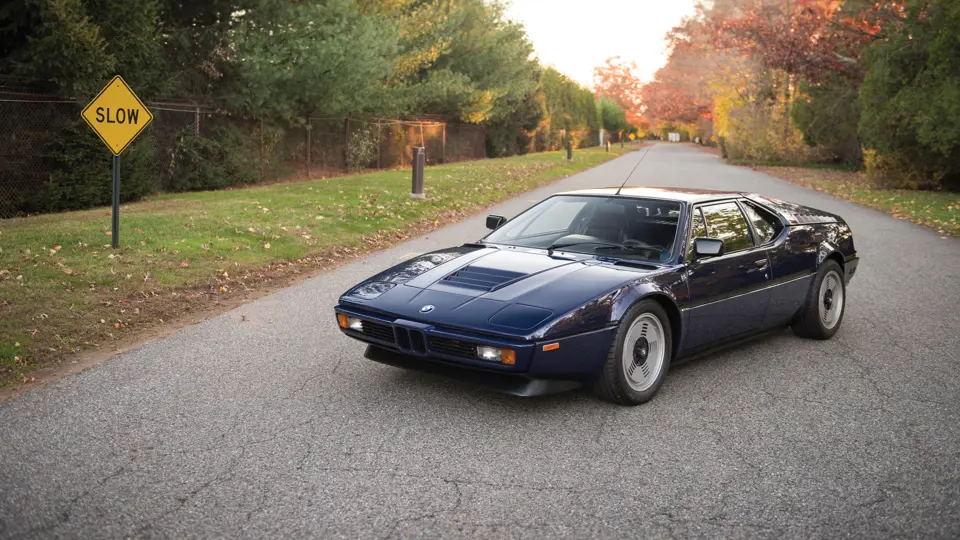
 | Phoenix, Arizona
| Phoenix, Arizona

